How to Prepare for a Trip to Japan: A Comprehensive Guide
Japan is a fascinating travel destination that’s popular with tourists from around the world. Whether you’re interested in exploring ancient temples, admiring beautiful gardens, or indulging in delicious cuisine, Japan has something to offer everyone. However, if it’s your first time visiting, planning a trip to this incredible country can be overwhelming. We’ll give you a thorough overview of how to prepare for a trip to Japan in this article.
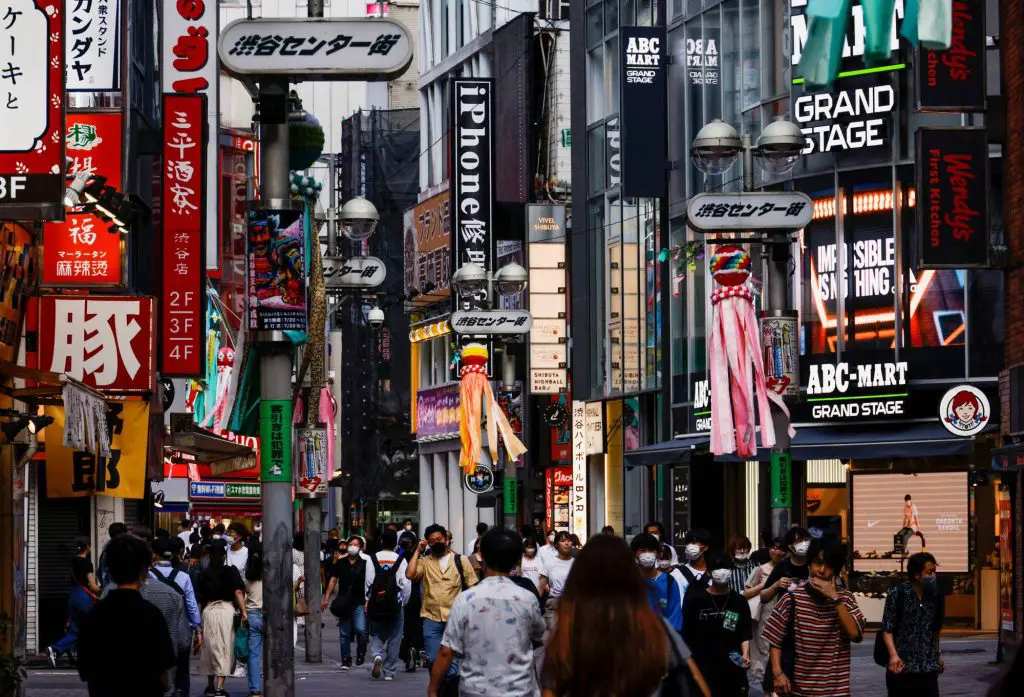
Japan is a fascinating travel destination that’s popular with tourists from around the world. (Source: Internet)
Research and Planning
Determine the best time to visit Japan
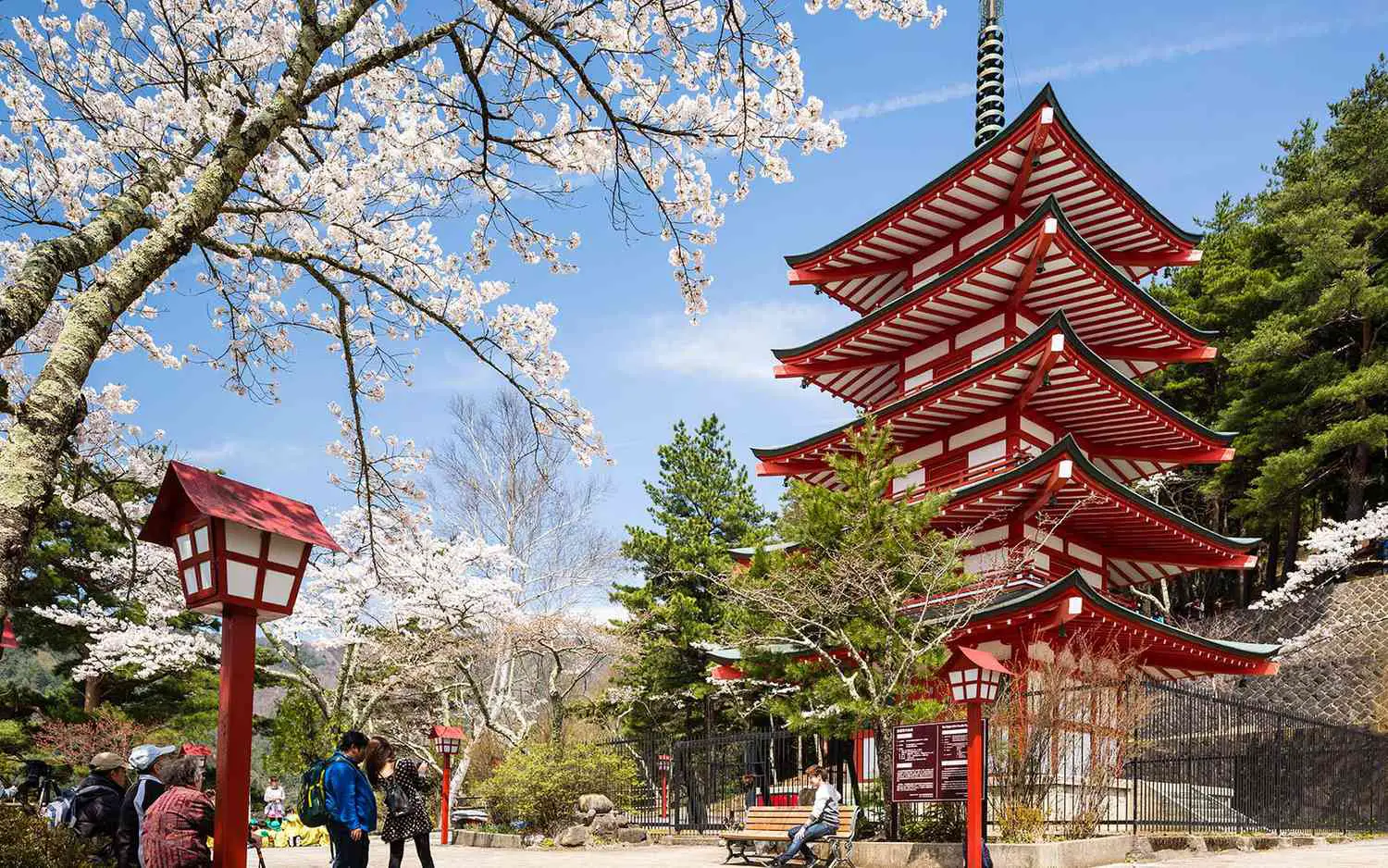
It’s crucial to do thorough planning and research before making your flight reservation. (Source: Internet)
It’s crucial to do thorough planning and research before making your flight reservation. First, decide on the best time to visit Japan as the weather varies depending on the season. Cherry blossom season in spring and autumn foliage are two of the most popular times to visit.
Decide on the length of stay
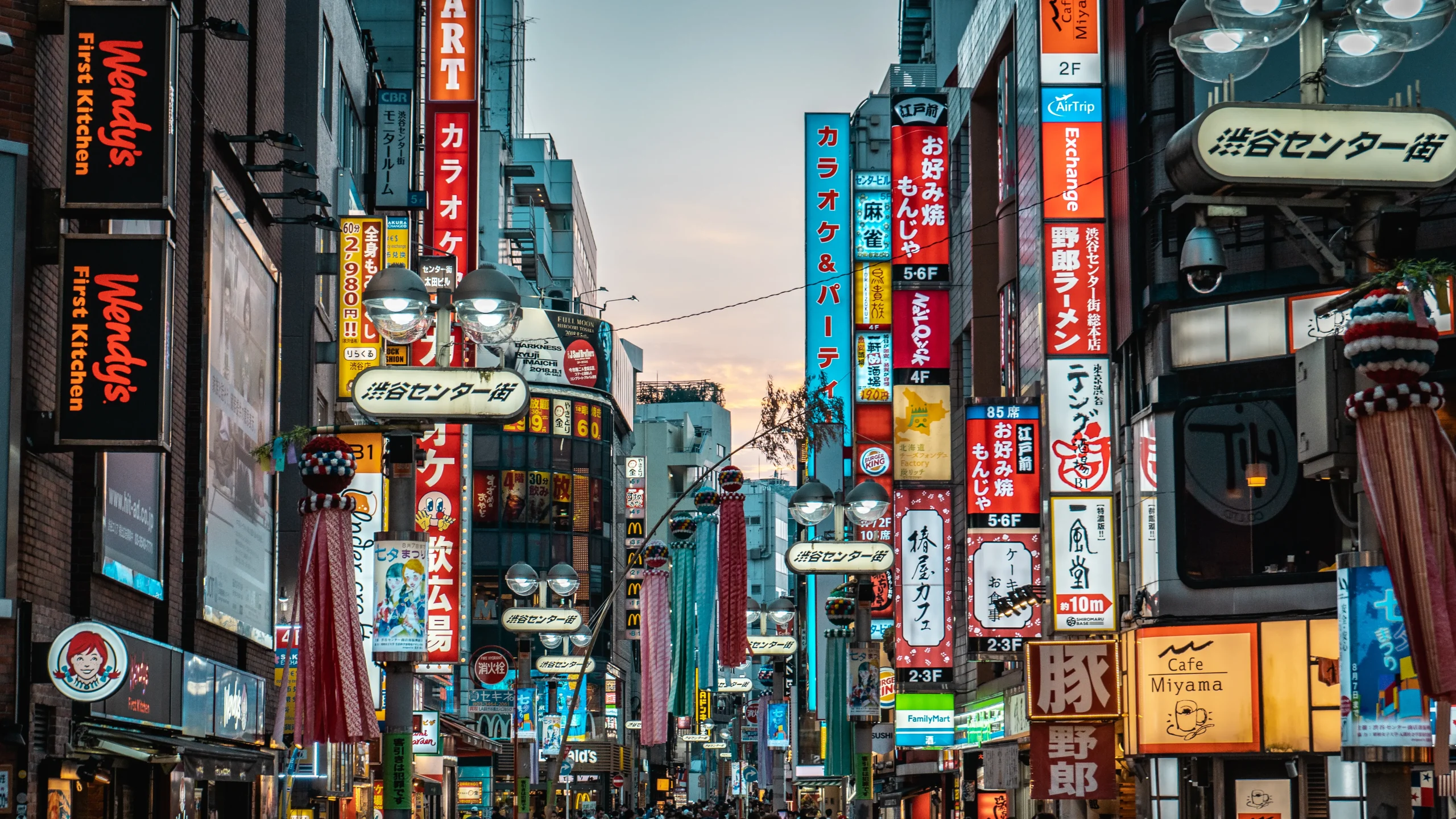
Next, determine the length of your stay and plan you’re itinerary accordingly. If you want to explore multiple cities, consider using the efficient rail system to move between them. (Source: Internet)
Discover the prerequisites for a visa

The necessity of taking into account visa requirements. (Source: Internet)
The necessity of taking into account visa requirements. You might need to apply for a tourist visa before entering Japan depending on your nationality. Be sure to check the official Japanese government website for detailed information regarding visa requirements.
Look into accommodation options
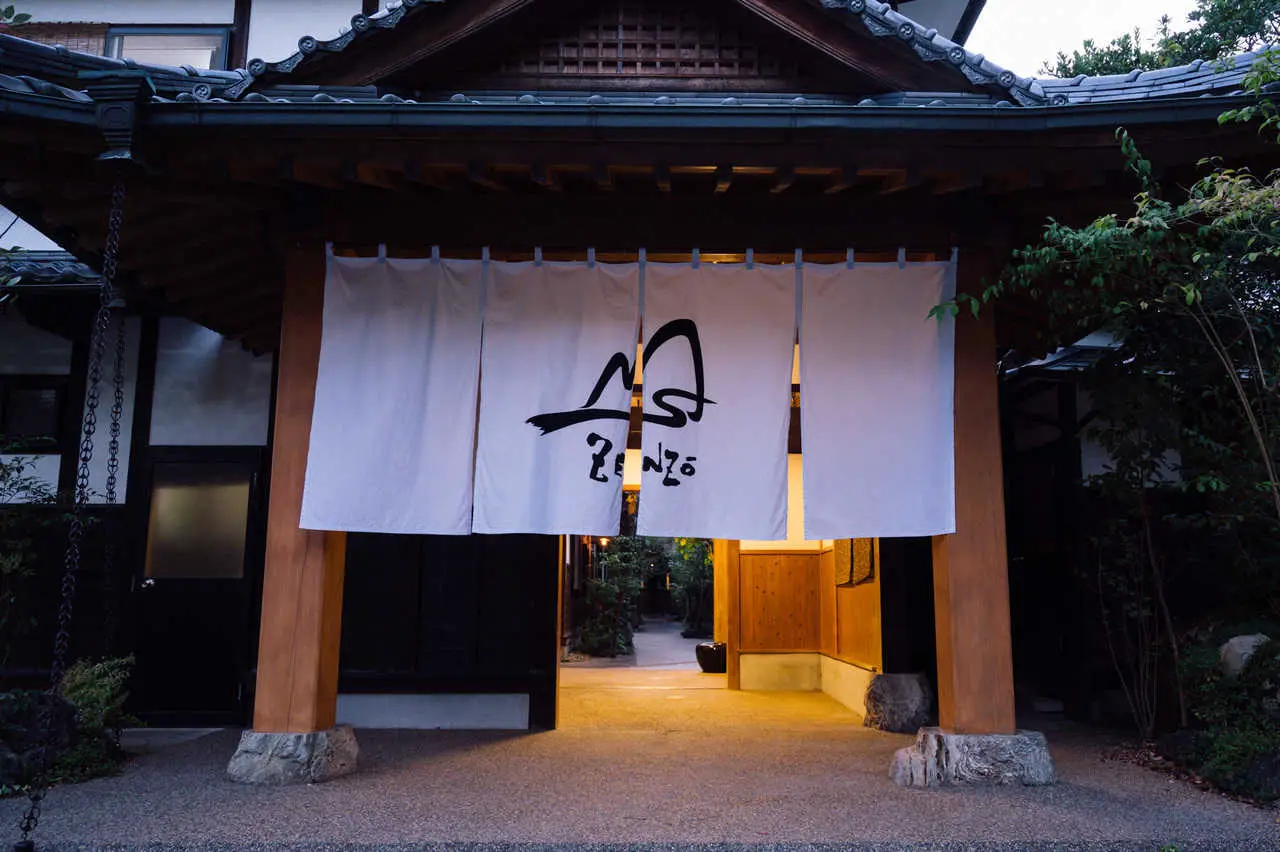
Additionally, research accommodation options and make bookings in advance to ensure availability during peak seasons. (Source: Internet)
Additionally, research accommodation options and make bookings in advance to ensure availability during peak seasons.
Budgeting
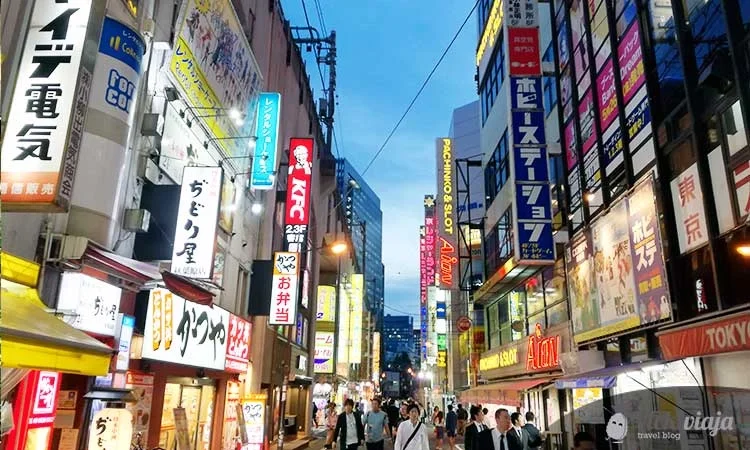
Traveling to Japan can be expensive, so it’s important to estimate costs and budget accordingly. (Source: Internet)
Estimate costs for transportation, lodging, food, and activities
Traveling to Japan can be expensive, so it’s important to estimate costs and budget accordingly. Depending on the city and the season, lodging costs and travel expenses can vary greatly.
Ways to reduce costs when visiting Japan.
Food and activities can also add up quickly, so be sure to set a realistic budget based on your planned itinerary. Eating at neighborhood restaurants and booking a cheap hotel can help you save money. Websites like TripAdvisor and Booking.com can help you find affordable options.
Transportation
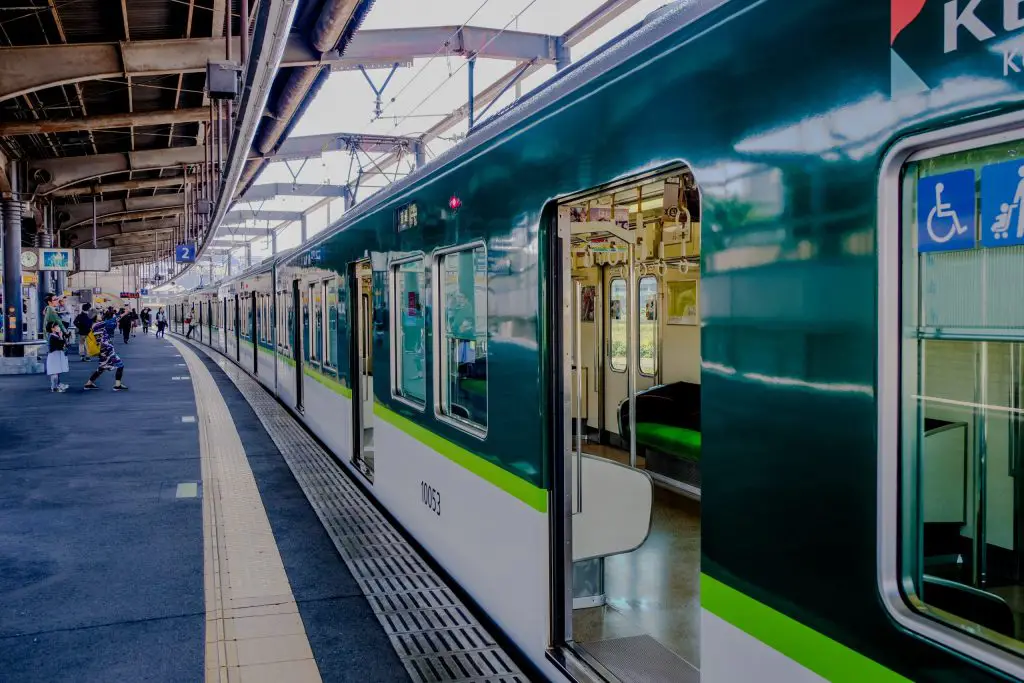
Transportation in Japan is efficient and well-organized. (Source: Internet)
The different modes of transportation in Japan
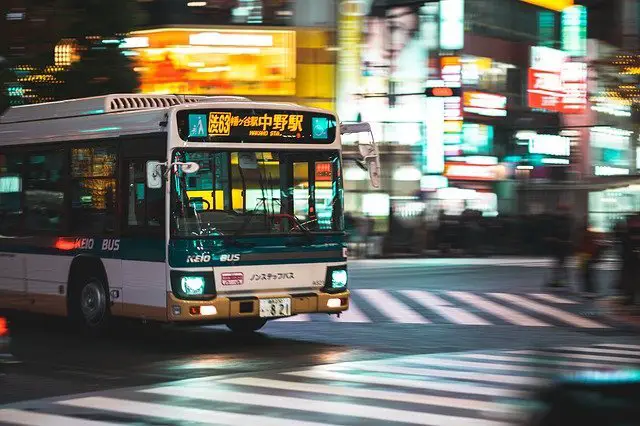
Transportation in Japan is efficient and well-organized. (Source: Internet)
Transportation in Japan is efficient and well-organized. There are numerous trains, buses, and subways throughout the nation, making city-to-city travel simple.
The Japan Rail Pass (JR Pass) is a popular option for tourists as it provides unlimited access to Japan Railways trains and buses for a fixed period. Be sure to buy the JR Pass before traveling to Japan if you intend to use it.
Tips for using public transportation
When using public transportation, it’s important to follow etiquette and respect local customs. For example, it’s considered impolite to talk loudly or eat on trains.
Additionally, priority seating is reserved for elderly or disabled passengers, so be sure to give up your seat if necessary.
How to use the JR pass.
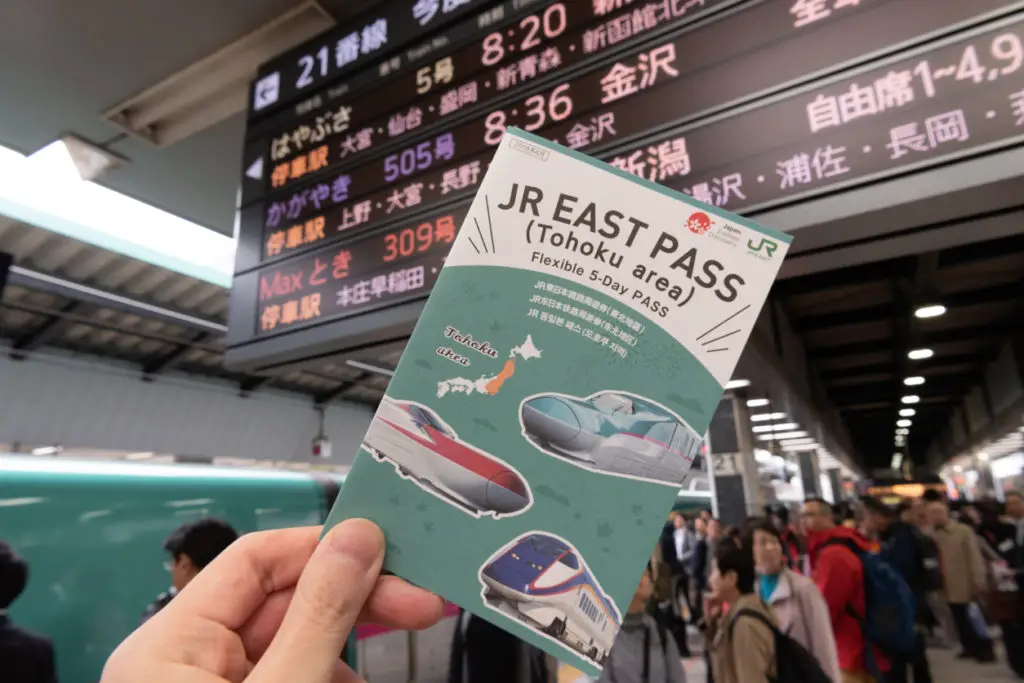
For foreign visitors to Japan, the JR Pass, also known as the Japan Rail Pass, is a practical means of transportation. (Source: Internet)
For foreign visitors to Japan, the JR Pass, also known as the Japan Rail Pass, is a practical means of transportation. It allows unlimited use of Japan Railways (JR) trains, including the Shinkansen (bullet train), for a set period.
The JR Pass can be purchased in advance outside of Japan and activated upon arrival. It is available for 7, 14, or 21 consecutive days and can only be used by foreign tourists with a temporary visitor status in Japan.
The JR Pass provides access to all JR-operated trains, buses, and ferries across Japan, except for the Nozomi and Mizuho shinkansen lines. This means that travelers can use the pass to travel extensively throughout the country, making it an excellent option for those planning to visit multiple destinations.
While the JR Pass may seem expensive at first glance, it can save travelers a lot of money compared to purchasing individual tickets. However, it is important to note that the pass must be used judiciously to make it worthwhile.
Packing
Packing list
When packing for your trip to Japan, consider the season and the activities you have planned. Lightweight clothing and comfortable shoes are essential for exploring the country. If you’re visiting during spring or autumn, be sure to pack clothes that can be layered as temperatures can fluctuate. It’s also wise to bring a small backpack or tote bag for carrying essentials like water bottles, maps, and snacks while sightseeing.
What clothing to bring

Packing for a trip to Japan depends on the time of year you are traveling and your planned activities. (Source: Internet)
Packing for a trip to Japan depends on the time of year you are traveling and your planned activities. However, here are some general tips that can help you pack for your trip:
Check the weather before you go: Japan has four distinct seasons, so it’s important to check the weather forecast before you pack. In general, spring (March to May) and autumn (September to November) are mild and pleasant, while summer (June to August) can be hot and humid, and winter (December to February) can be cold with occasional snow.
Dress modestly: Japanese culture emphasizes modesty and cleanliness, so avoid packing revealing or offensive clothing. Pack comfortable clothes that cover your shoulders and knees, especially if you plan to visit religious sites.
Wear comfortable shoes: You’ll likely do a lot of walking in Japan, so bring comfortable, supportive shoes. Consider packing a pair of slip-on shoes or sandals for easy removal when entering temples and traditional houses.
Bring a backpack or tote bag: A lightweight backpack or tote bag is useful for carrying essentials like water, snacks, an umbrella, and a map.
Consider purchasing a portable Wi-Fi device: Staying connected is essential when traveling, so consider renting or purchasing a portable Wi-Fi device to access the internet while on the go.
Pack a universal adapter: Japan uses Type A and Type B electrical outlets, so bring a universal adapter to charge your electronics.
Don’t forget your passport and travel documents: Ensure that you have a valid passport and any necessary travel documents before leaving for Japan.
Remember to pack light and leave extra space in your luggage for souvenirs and shopping. With these tips in mind, you’ll be well-prepared for a wonderful trip to Japan!
Cultural Consideration
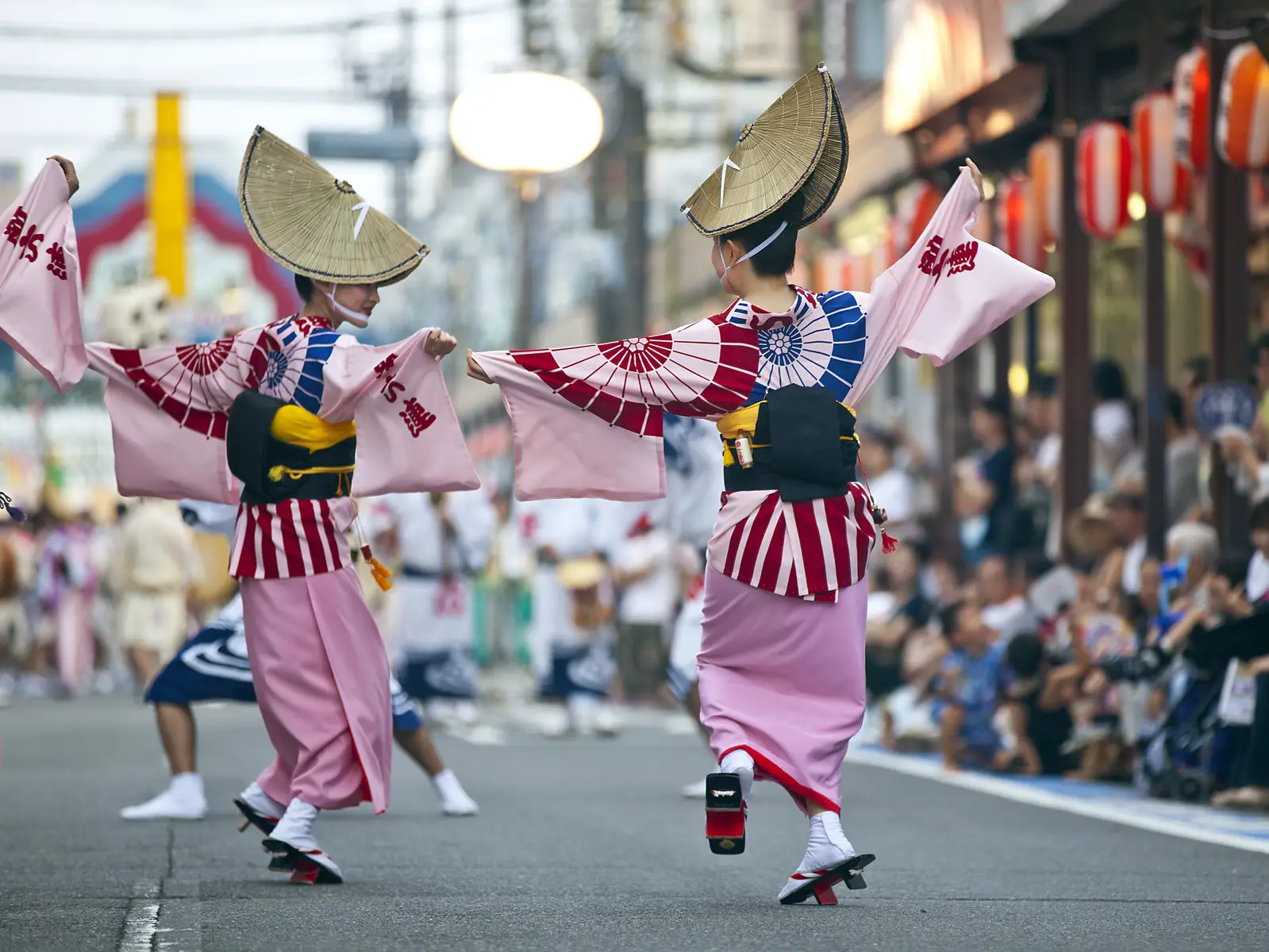
Japan is known for its rich cultural heritage and unique customs and traditions. Japanese women Japanese kimono dancing on the street during the 39th Kanagawa Yamato Awaodori Dance Festival. (Source: Internet)
Japanese customs and traditions
Japan is known for its rich cultural heritage and unique customs and traditions. Here are a few of the most notable ones:
1. Bowing: Bowing is an important part of Japanese culture and is used to show respect, gratitude, and humility. The depth and length of the bow vary depending on the situation and the relationship between the parties involved.
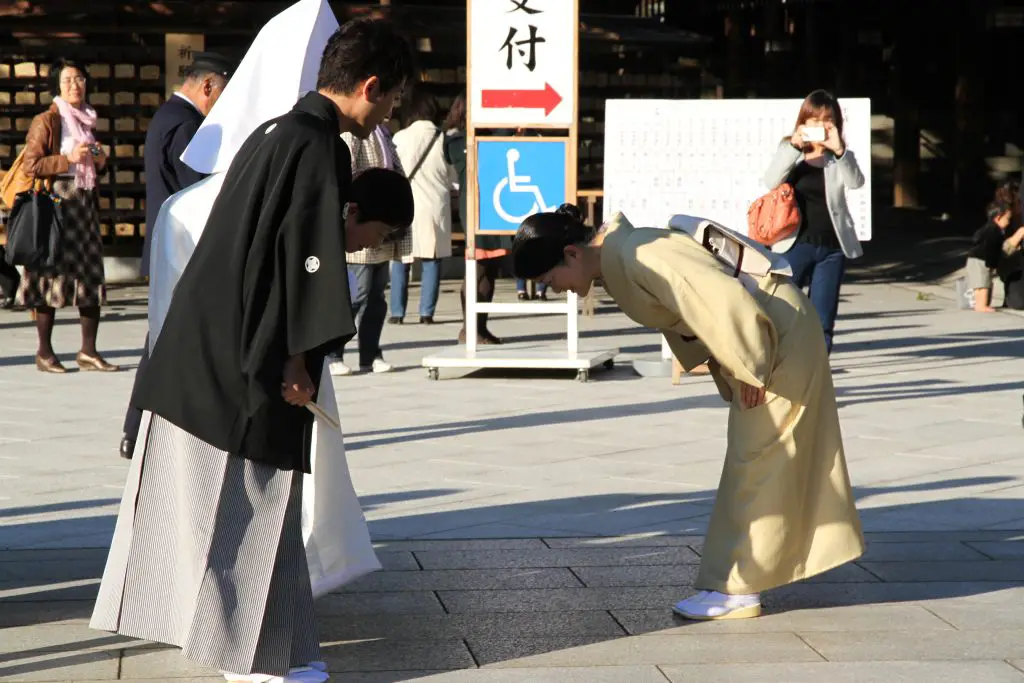
Bowing is an important part of Japanese culture and is used to show respect, gratitude, and humility. (Source: Internet)
2. Tea Ceremony: The Japanese tea ceremony, or “chanoyu,” is a centuries-old tradition that involves the preparation and serving of matcha (powdered green tea) in a highly ritualized manner.

The Japanese tea ceremony, or “chanoyu,” is a centuries-old tradition. (Source: Internet)
3. Kimono: The traditional Japanese garment, the kimono, is a beautiful and intricate work of art that has been worn for centuries. Its various designs and colors signify different occasions, seasons, and social statuses.
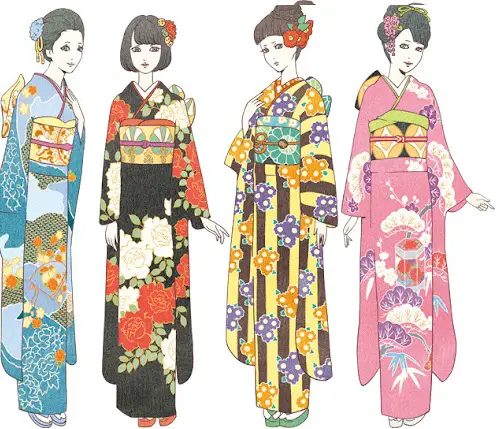
The traditional Japanese garment, the kimono, is a beautiful and intricate work of art that has been worn for centuries. (Source: Internet)
4. Shrine and Temple Visits: Japan is home to numerous Shinto shrines and Buddhist temples, which serve as important sites for prayer, meditation, and cultural festivals. Visitors are expected to follow certain rules and etiquette, such as washing hands before entering and bowing respectfully.
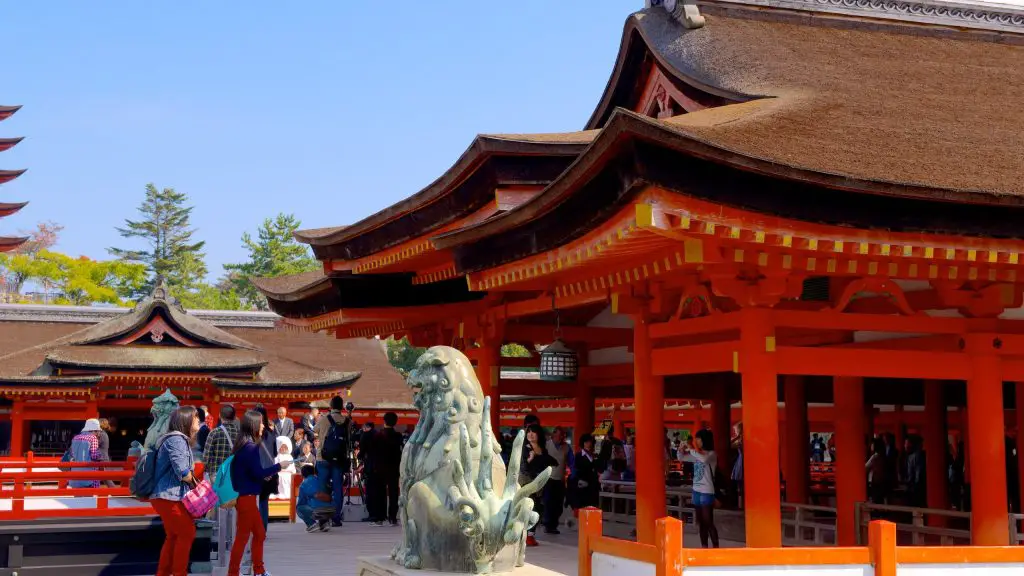
Japan is home to numerous Shinto shrines and Buddhist temples, which serve as important sites for prayer, meditation, and cultural festivals. (Source: Internet)
5. Gift-giving: In Japan, gift-giving is an important part of social and business etiquette. Gifts should be wrapped beautifully and given with both hands. It is also customary to bring small souvenirs back from your travels to share with friends and colleagues.

In Japan, gift-giving is an important part of social and business etiquette. (Source: Internet)
6. Cherry Blossom Viewing: The annual blooming of cherry blossoms, or “sakura,” is a highly anticipated event in Japan. Families and friends gather to enjoy picnics and admire the beauty of the delicate pink flowers.
These are just a few examples of the customs and traditions that make Japan so unique and fascinating. By respecting and embracing these practices, travelers can gain a deeper appreciation for Japanese culture and create meaningful connections with the local people.
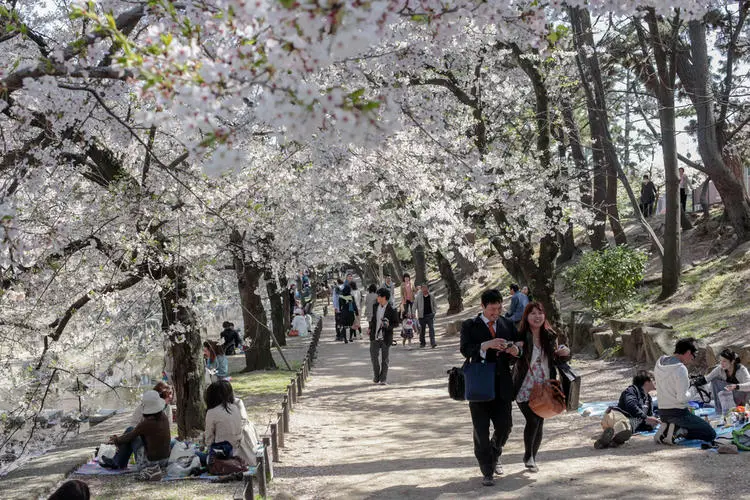
The annual blooming of cherry blossoms, or “sakura,” is a highly anticipated event in Japan. (Source: Internet)
Tips for interacting with locals
Interacting with locals can add a meaningful and enriching experience to your trip to Japan. Here are some tips for effectively communicating and connecting with Japanese locals:
1. Learn basic Japanese phrases: Even if you don’t speak fluent Japanese, learning a few key phrases such as “Kon’nichiwa” (hello) and “Arigatou gozaimasu” (thank you very much) can help break the ice and show that you’re making an effort to connect.
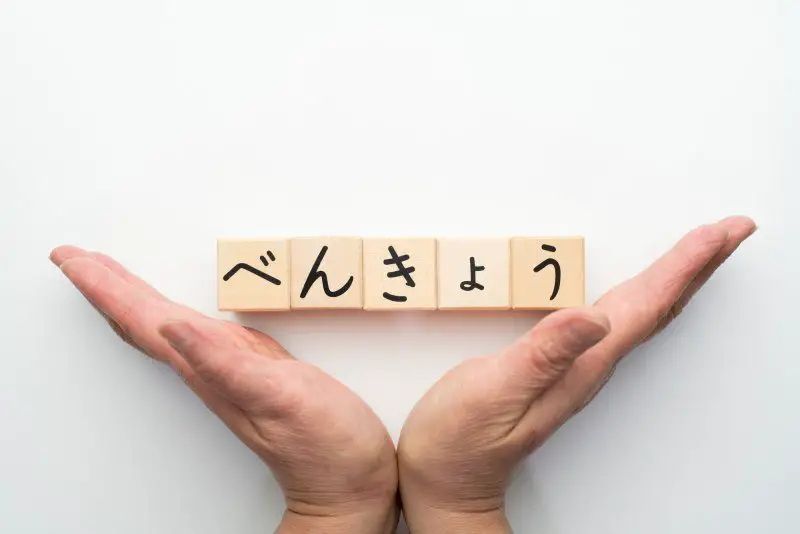
Learn basic Japanese phrases. (Source: Internet)
2. Use polite language: Politeness is highly valued in Japanese culture, so be sure to use formal language when speaking to strangers or people of higher status than yourself. Address them with “-san” after their name.
3. Be respectful of personal space: Japanese culture places a strong emphasis on personal space and privacy, so it’s important to respect this by not getting too close or being too loud in public spaces or transportation.
4. Follow local customs and etiquette: As mentioned earlier, there are many customs and traditions in Japan that should be observed when interacting with locals. For example, removing shoes before entering someone’s home or a traditional ryokan, bowing when greeting or saying goodbye, and refraining from eating or drinking while walking.
5. Show interest in Japanese culture: Japanese people are proud of their culture and history, so showing an interest in these topics can help build a connection. Visiting local shrines and temples or attending cultural events like tea ceremonies or festivals are great opportunities to learn more about Japan.
6. Don’t be afraid to ask for help: Japanese people are generally very helpful and friendly, so don’t hesitate to ask for directions or recommendations. Many people in Japan are also eager to practice their English and may strike up a conversation with you.
By following these tips, you can make genuine connections with Japanese locals and gain a deeper appreciation for the country’s rich culture and traditions.
Dos and don’ts of Japanese etiquette
Japan has a rich cultural heritage and unique customs that visitors should be aware of to show respect and avoid offending locals. Here are some dos and don’ts of Japanese etiquette:
Dos:
- Bowing is an important part of Japanese culture and is used to show respect, gratitude, and humility. When greeting someone, bow slightly and say “Konnichiwa” (hello) or “Arigatou gozaimasu” (thank you very much).
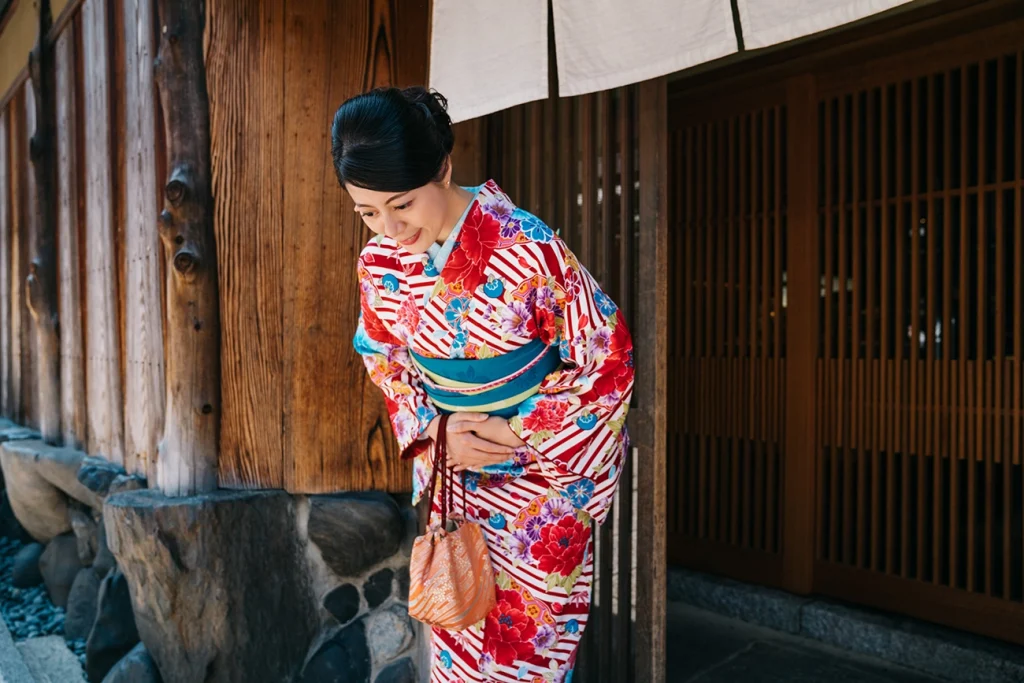
Bowing is an important part of Japanese culture and is used to show respect, gratitude, and humility. (Source: Internet)
- Remove your shoes when entering a traditional Japanese home or ryokan, and some restaurants and museums.
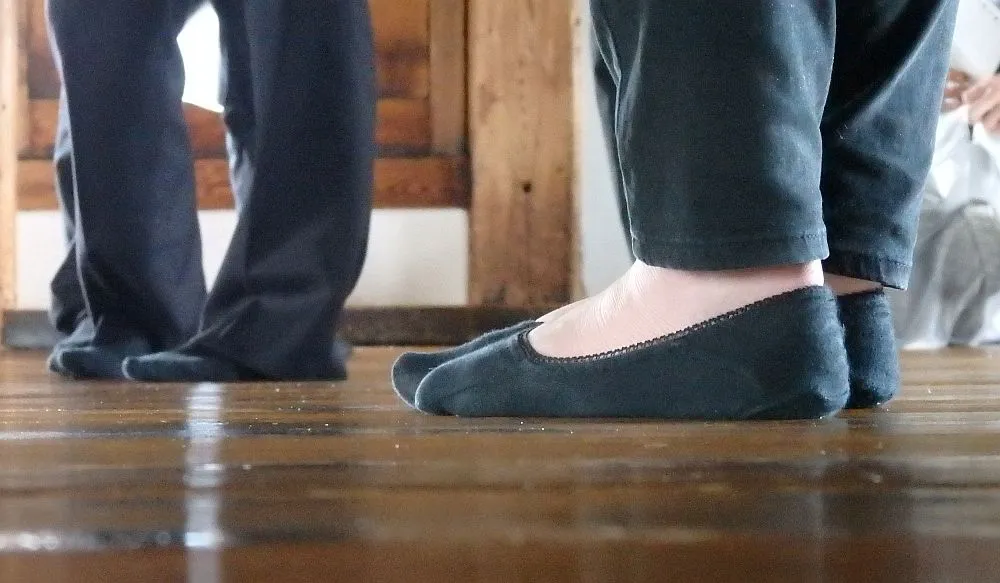
Remove your shoes when entering a traditional Japanese home or ryokan, and some restaurants and museums. (Source: Internet)
- Respect personal space and privacy. Avoid being too loud, getting too close to others, or talking loudly on public transportation.

Respect personal space and privacy. (Source: Internet)
- Use chopsticks correctly, never stick them upright in rice or pass food from chopstick to chopstick.

Use chopsticks correctly. (Source: Internet)
- Respect Japanese customs when visiting shrines and temples, such as washing your hands and mouth before entering the main hall.
- Be patient and wait for your turn in line, especially in crowded places like train stations and department stores.
Don’ts:
- Do not wear revealing or offensive clothing, especially when visiting religious sites.
- Do not eat or drink while walking in public areas, except in designated places.
- Do not blow your nose loudly in public or speak on the phone on public transportation.
- Do not tip in Japan, it’s considered rude.
- Do not enter someone’s personal space or touch others without permission.
- Do not talk about controversial topics such as politics, religion, or war, unless you are asked directly by a local.
By following these dos and don’ts of Japanese etiquette, travelers can show respect for Japanese culture and create meaningful connections with the local people.
You might also like:
- Food Prices In Japan – What Should My Daily Food Budget Be?
- How to Use A Japanese Toilet? A Beginner’s Guide to the Advanced Technology
- Can You Rent A Car in Japan? – Everything You Need to Know When Renting A Car
Food and Drink
Traditional Japanese cuisine
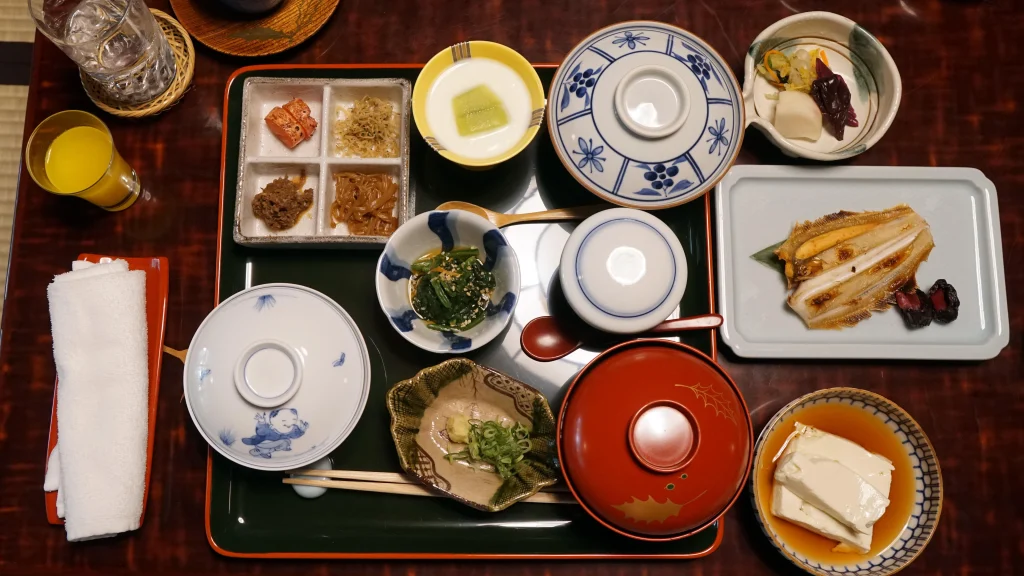
Traditional Japanese cuisine, known as “washoku,” is a reflection of the country’s history, culture, and geography. (Source: Internet)
Traditional Japanese cuisine, known as “washoku,” is a reflection of the country’s history, culture, and geography. It emphasizes fresh, seasonal ingredients, simple preparation methods, and a balance of flavors and colors. Here are some notable aspects of traditional Japanese cuisine:
Rice: Rice is the staple food in Japan and is served at almost every meal. It is usually steamed and served plain or used to make dishes like sushi, donburi (rice bowls), and onigiri (rice balls).
Fish and seafood: Japan is an island nation surrounded by the sea, so fish and seafood are a significant part of the Japanese diet. Popular types of fish include salmon, tuna, mackerel, and sea bream.
Miso soup: Miso soup is a staple of Japanese breakfasts and is made with dashi (fish stock) and miso paste. Other common ingredients include tofu, seaweed, and green onions.
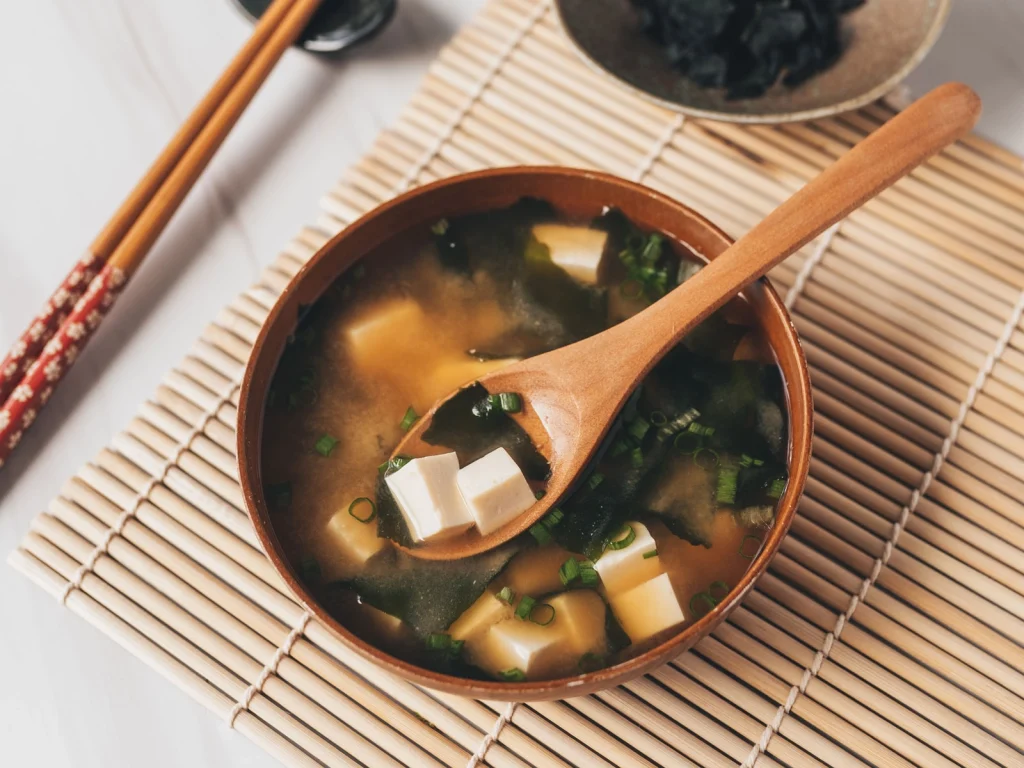
Miso soup is a staple of Japanese breakfasts and is made with dashi (fish stock) and miso paste. (Source: Internet)
Sushi: Sushi is one of Japan’s most famous dishes and consists of vinegared rice topped with raw or cooked fish, seafood, vegetables, or egg. It is typically served with soy sauce, wasabi, and pickled ginger.
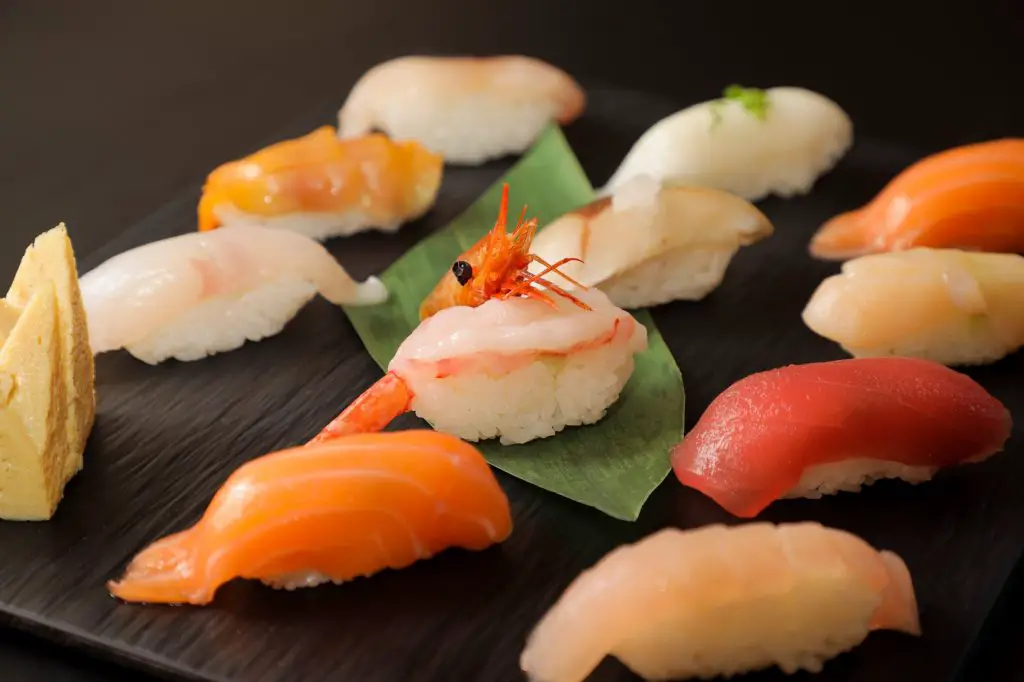
Sushi is one of Japan’s most famous dishes. (Source: Internet)
Tempura: Tempura is a dish of battered and deep-fried seafood and vegetables. It’s usually served as a side dish or appetizer.
Noodles: Japan has several types of noodles, including udon, soba, and ramen. These are often served in broth or fried and topped with meat, seafood, or vegetables.
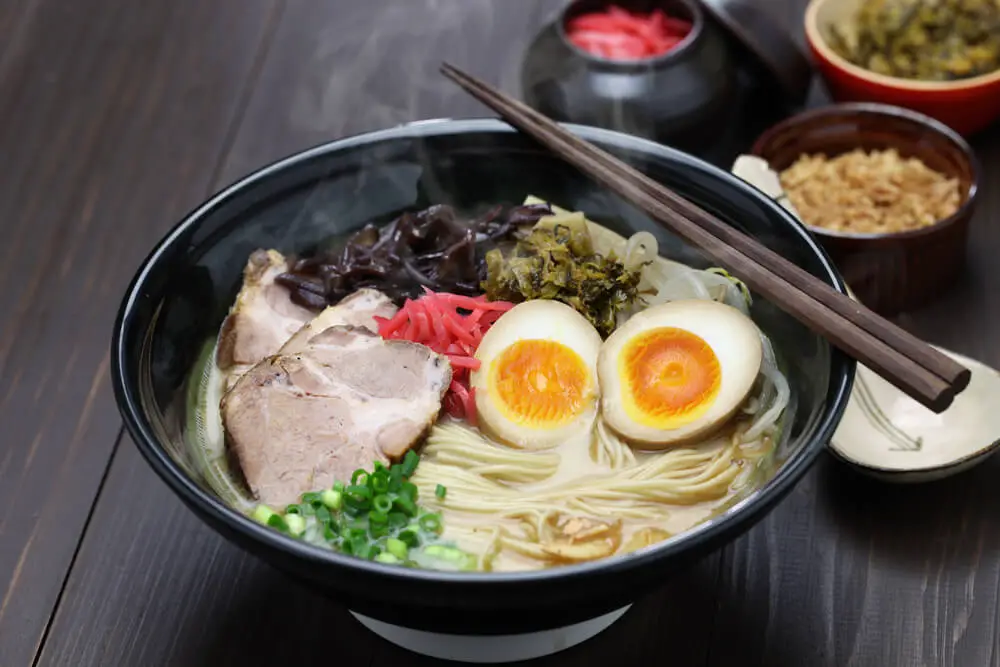
Japan has several types of noodles, including udon, soba, and ramen. (Source: Internet)
Tea: Green tea is a fundamental part of Japanese culture and is consumed throughout the day. It is often served with sweets for a traditional tea ceremony.
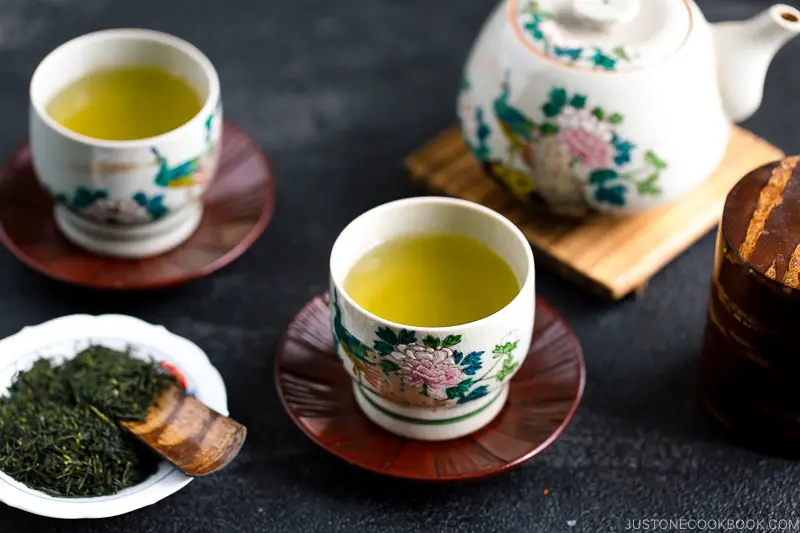
Green tea is a fundamental part of Japanese culture and is consumed throughout the day. (Source: Internet)
Traditional Japanese cuisine is healthy, delicious, and aesthetically pleasing. By trying these dishes and learning about their origins, travelers can gain a deeper appreciation for Japanese food and culture.
Recommendations for must-try dishes
Japan has a rich and diverse culinary landscape, offering many unique and delicious dishes. Here are some must-try dishes to sample during your trip:
Sushi: Sushi is one of the most famous Japanese dishes and consists of vinegared rice topped with raw or cooked fish, seafood, vegetables, or egg.
Ramen: Ramen is a popular noodle dish that originated in China but has been adapted to Japanese tastes. It’s typically served in pork, chicken, or seafood broth with toppings like chashu (braised pork), green onions, and boiled eggs.
Tempura: Tempura is a dish of lightly battered and deep-fried seafood, vegetables, or meat. The batter is made with flour, eggs, and water, and the food is then fried until crispy.
Okonomiyaki: Okonomiyaki is a savory pancake made with flour, eggs, shredded cabbage, and various meats or seafood. It’s often topped with okonomiyaki sauce, mayonnaise, and bonito flakes.
Takoyaki: Takoyaki is a popular street food made with batter filled with diced octopus and other ingredients. It’s usually served hot and topped with takoyaki sauce, mayo, bonito flakes, and green onions.
Tonkatsu: Tonkatsu is a breaded and deep-fried pork cutlet that’s typically served with tonkatsu sauce, shredded cabbage, and rice.
Matcha desserts: Japan is known for its high-quality matcha (powdered green tea), which is used to make a variety of desserts such as matcha ice cream, matcha cake, and matcha mochi.
These are just a few examples of the many delicious dishes to try in Japan. By sampling various Japanese cuisine, you can gain a deeper appreciation for the country’s food culture and traditions.
The etiquette of dining in Japan
Dining in Japan is often a formal and ceremonial event that follows a set of etiquette rules. Here are some important things to keep in mind:
Remove your shoes: In traditional Japanese restaurants or ryokans, you may be required to remove your shoes before entering the dining area. It’s common to wear slippers provided by the restaurant.
Use chopsticks properly: Chopsticks are the primary eating utensil in Japan. Don’t rub them together, don’t stick them into rice or hold them vertically, and avoid passing food directly from one person’s chopsticks to another.
Pour drinks for others: In Japan, it’s customary to pour drinks for others before pouring for yourself. Hold the bottle with both hands and pour until the cup is full.
Say “Itadakimasu” before eating: Itadakimasu means “I receive this food” and is said before starting a meal as a sign of gratitude.
Avoid speaking loudly: Keep your voice low and avoid speaking too loudly when at the table. If you need to talk to someone farther away, get up and go to them rather than shouting across the room.
Don’t waste food: In Japan, wasting food is considered impolite. Try to finish everything on your plate, and if you can’t, leave a small amount to show that the portion was generous.
Wait for others to start eating: It’s standard in Japan to wait until everyone has been served before beginning to eat. You should also pace yourself and try to finish at the same time as the other guests.
By following these etiquette rules, you can show respect for Japanese culture and create a more enjoyable dining experience for yourself and those around you.
Activities and Sightseeing
Popular tourist attractions
Japan is a country rich in culture, history, and natural beauty. Here are some of the most popular tourist attractions in Japan:
Tokyo: The bustling capital city of Japan offers everything from modern skyscrapers to traditional temples and shrines. Popular attractions include the Imperial Palace, Tsukiji Fish Market, Shibuya Crossing, and the Meiji Shrine.
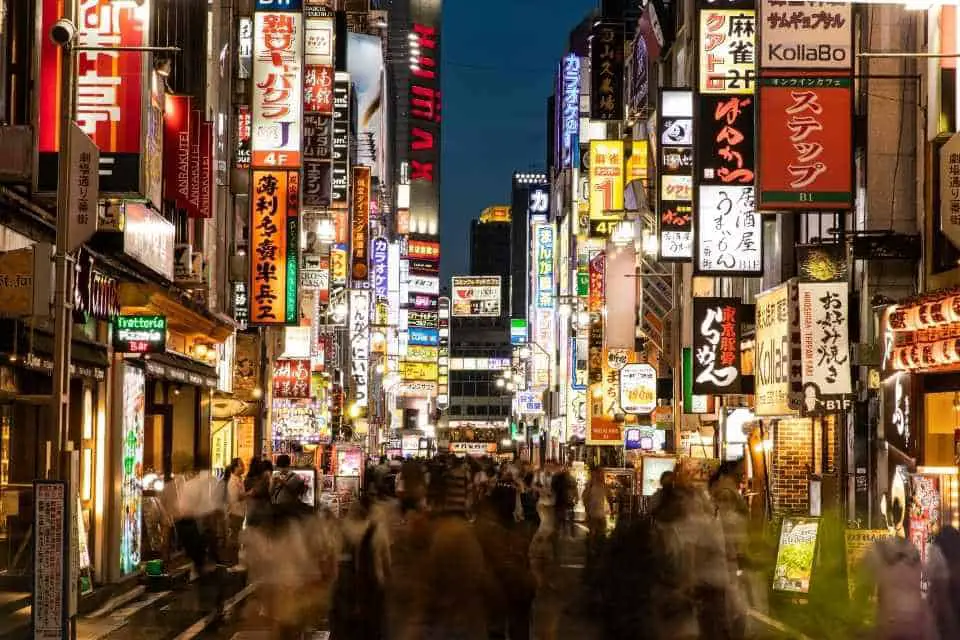
The bustling capital city of Japan offers everything from modern skyscrapers to traditional temples and shrines. (Source: Internet)
Kyoto: Known as the cultural heart of Japan, Kyoto is home to over 1,000 temples and shrines, including Kinkakuji (Golden Pavilion), Fushimi Inari Taisha, and Kiyomizu-dera.
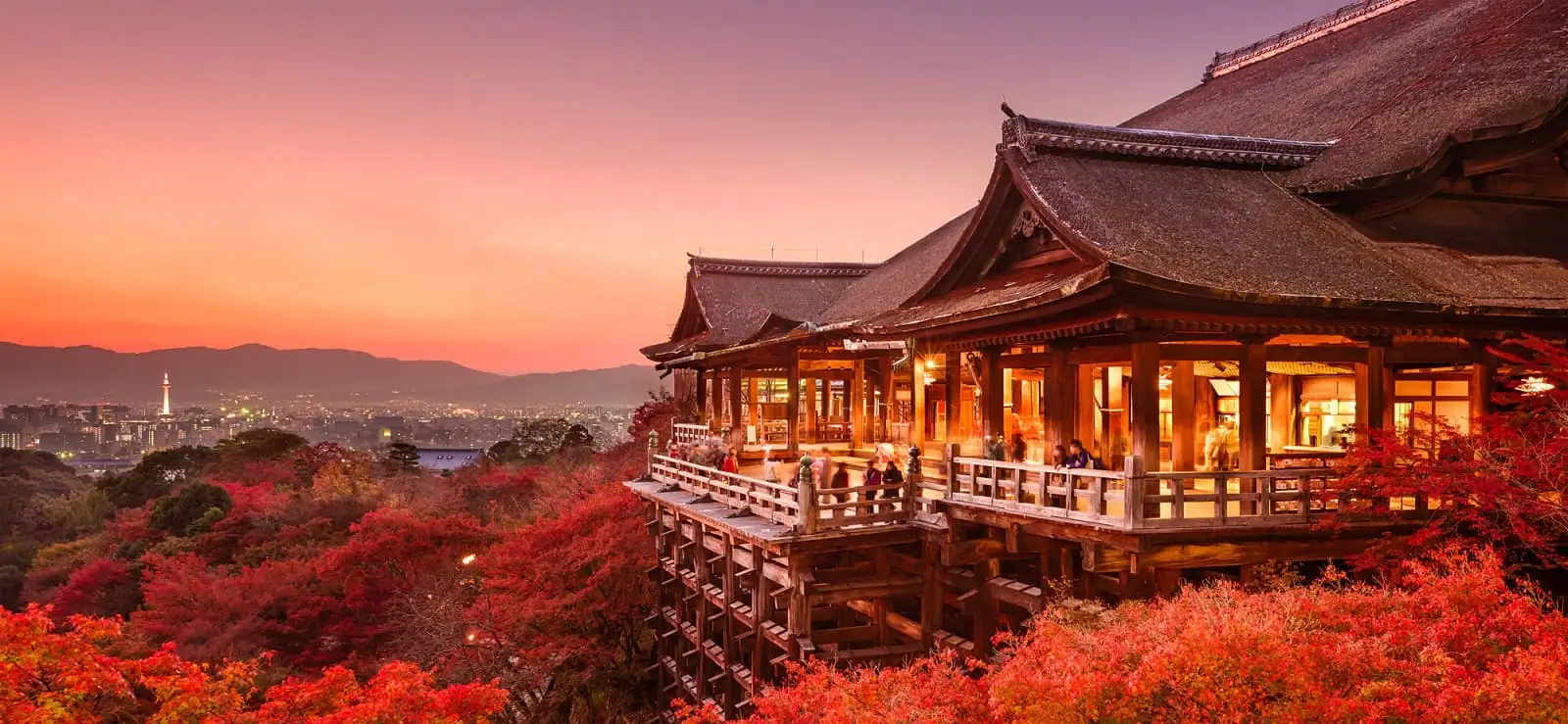
Kyoto is known as the cultural heart of Japan. (Source: Internet)
Mount Fuji: Japan’s tallest mountain, Mount Fuji, is a UNESCO World Heritage site and a symbol of Japan. Visitors can hike to the summit, take a scenic train ride, or capture stunning views from nearby towns like Kawaguchiko or Hakone.
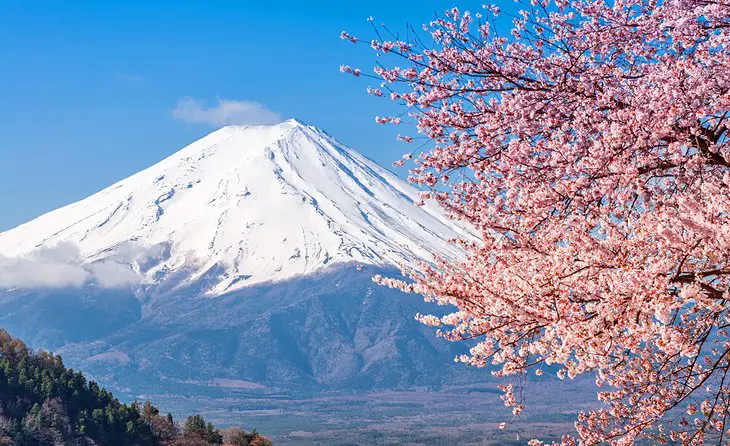
Japan’s tallest mountain, Mount Fuji, is a UNESCO World Heritage site and a symbol of Japan. (Source: Internet)
Hiroshima: A somber reminder of Japan’s past, Hiroshima is home to the Peace Memorial Park and Museum, which commemorates the atomic bombing that occurred during World War II. Visitors can also explore the nearby Miyajima Island and its iconic “floating” Torii gate.
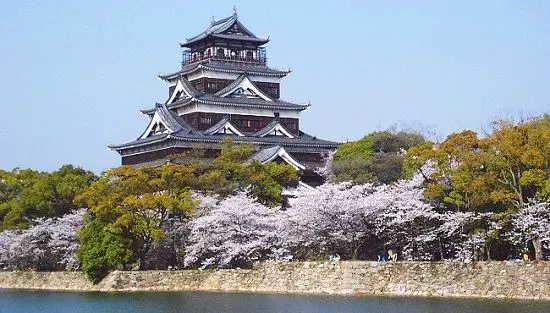
A somber reminder of Japan’s past, Hiroshima is home to the Peace Memorial Park and Museum, which commemorates the atomic bombing that occurred during World War II. (Source: Internet)
Nara: Another ancient capital of Japan, Nara is home to many historic sites, including the Todaiji Temple and its massive bronze Buddha statue, Kasuga Taisha Shrine, and Nara Park.
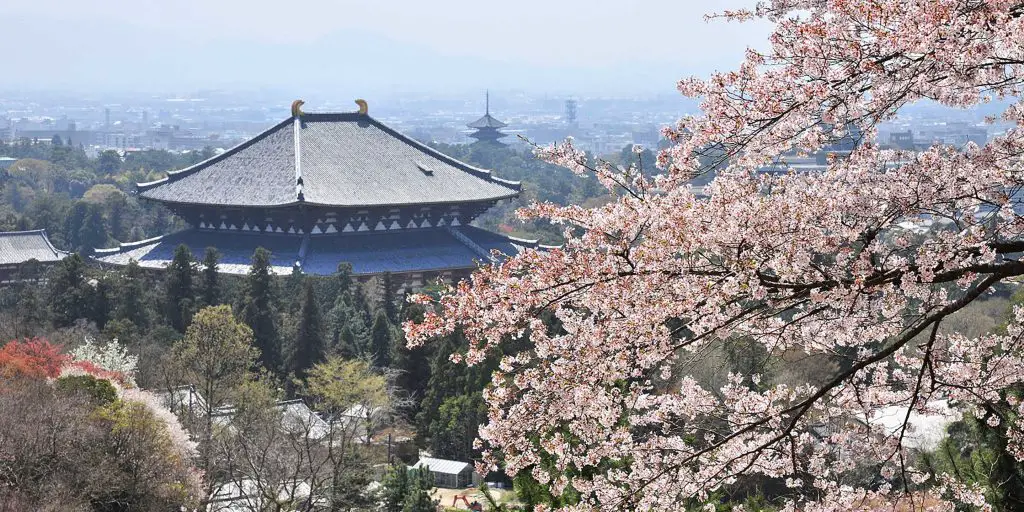
Nara is another ancient capital of Japan. (Source: Japan)
Himeji Castle: Often referred to as the “White Heron Castle,” Himeji Castle is an impressive example of medieval Japanese architecture and is considered one of Japan’s most beautiful castles.
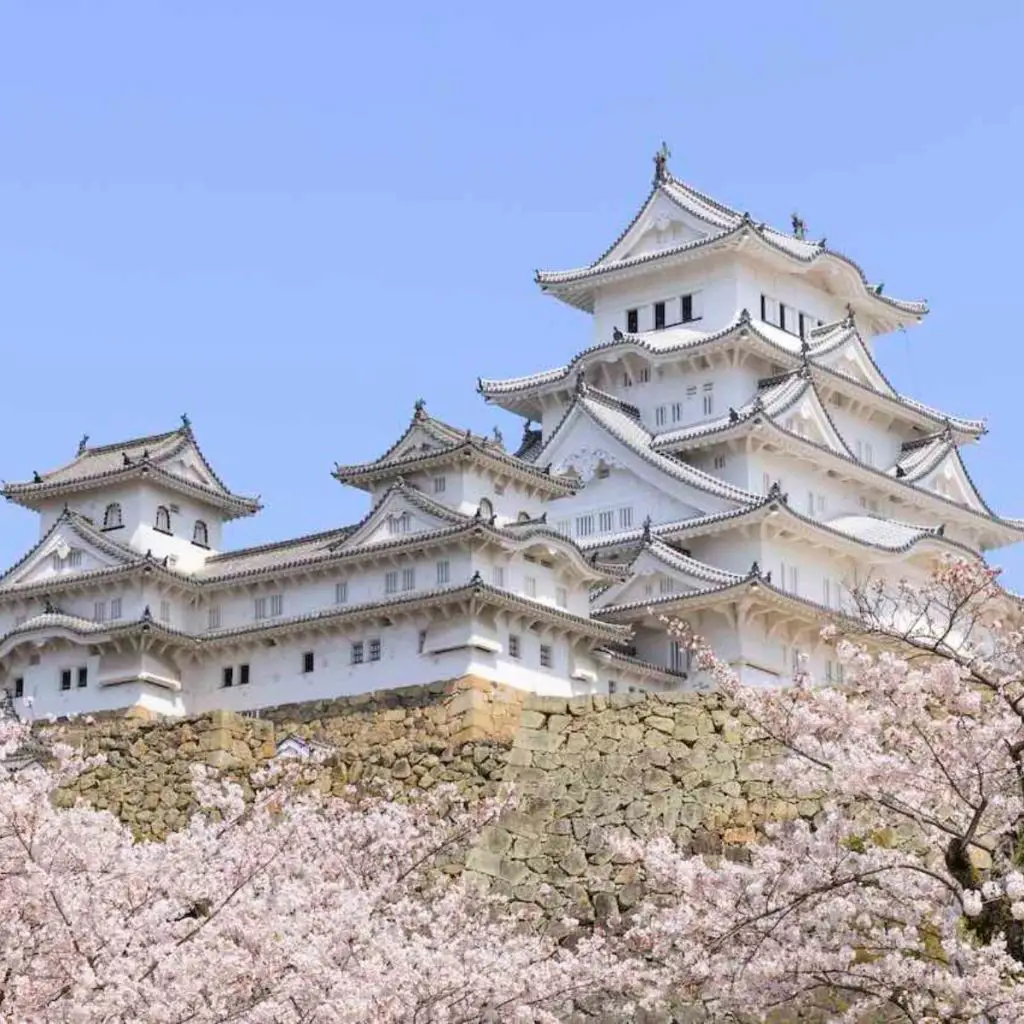
Himeji Castle is commonly known as “White Heron Castle” (Source: Internet)
Hokkaido: Japan’s northernmost island, Hokkaido, is known for its stunning natural scenery, including national parks, hot springs, and ski resorts.
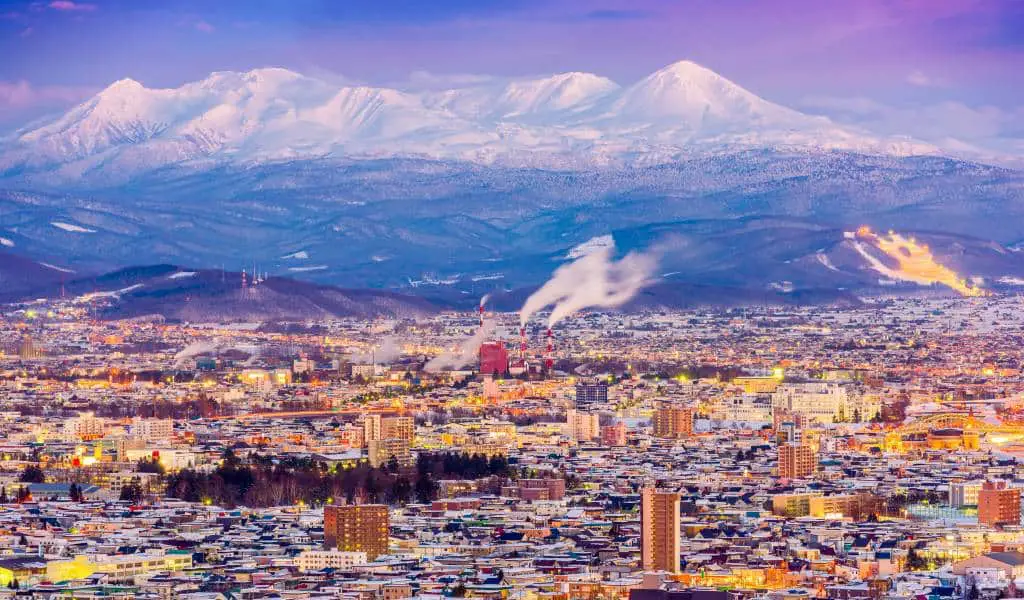
Japan’s northernmost island, Hokkaido, is known for its stunning natural scenery, including national parks, hot springs, and ski resorts. (Source: Internet)
Osaka: The lively city of Osaka is known for its food culture, nightlife, and amusement parks such as Universal Studios Japan. It’s also home to Osaka Castle, one of Japan’s most famous landmarks.
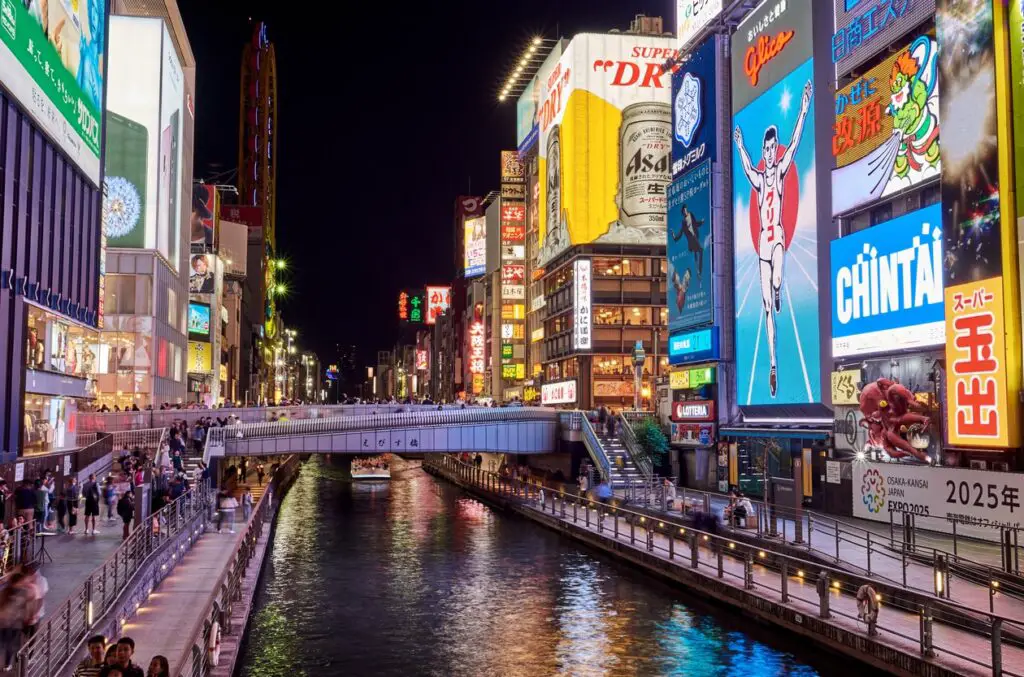
The lively city of Osaka is known for its food culture, nightlife, and amusement parks such as Universal Studios Japan. (Source: Internet)
These are just a few examples of the many incredible destinations Japan has to offer. Whether you’re interested in history, nature, or modern city life, there’s something for everyone in Japan.
Recommendations for off-the-beaten-path destinations
While Japan has many famous tourist destinations, there are also plenty of off-the-beaten-path destinations that offer unique experiences. Here are some recommendations:
Oga Peninsula: Located in Akita Prefecture, the Oga Peninsula is known for its rugged coastline, traditional fishing villages, and scenic hiking trails.
Yakushima Island: Located off the coast of Kyushu, Yakushima Island is a UNESCO World Heritage site known for its ancient cedar forests, waterfalls, and hot springs.
Iya Valley: In the heart of Shikoku island, Iya Valley is a remote mountainous region known for its stunning natural scenery, historic vine bridges, and traditional thatched-roof farmhouses.
Tashirojima Island: Also known as “Cat Island,” this small island off the coast of Miyagi Prefecture is home to more cats than people, making it a unique destination for animal lovers.
Kiso Valley: Nestled in the Japanese Alps, it is a picturesque region known for its traditional wooden houses, ancient Nakasendo trail, and scenic hikes.
Sado Island: Located off the coast of Niigata Prefecture, Sado Island is a former penal colony turned cultural center. Visitors can enjoy traditional taiko drumming performances, explore old mining towns, and observe wild snow monkeys.
Naoshima Island: This small island in the Seto Inland Sea is known for its contemporary art museums and outdoor sculptures. It’s a great destination for art enthusiasts looking for something unique.
By exploring these off-the-beaten-path destinations, travelers can experience a different side of Japan and gain a deeper appreciation for the country’s natural beauty and rich culture.
The importance of experiencing local culture
Experiencing local culture is an essential part of travel, as it allows travelers to gain a deeper appreciation and understanding of the places they visit. Here are some reasons why experiencing local culture is important:
Learn about history and traditions: Local culture provides insight into a place’s history, traditions, and values. By experiencing these firsthand, travelers can gain a better understanding of the local way of life, customs, and beliefs.
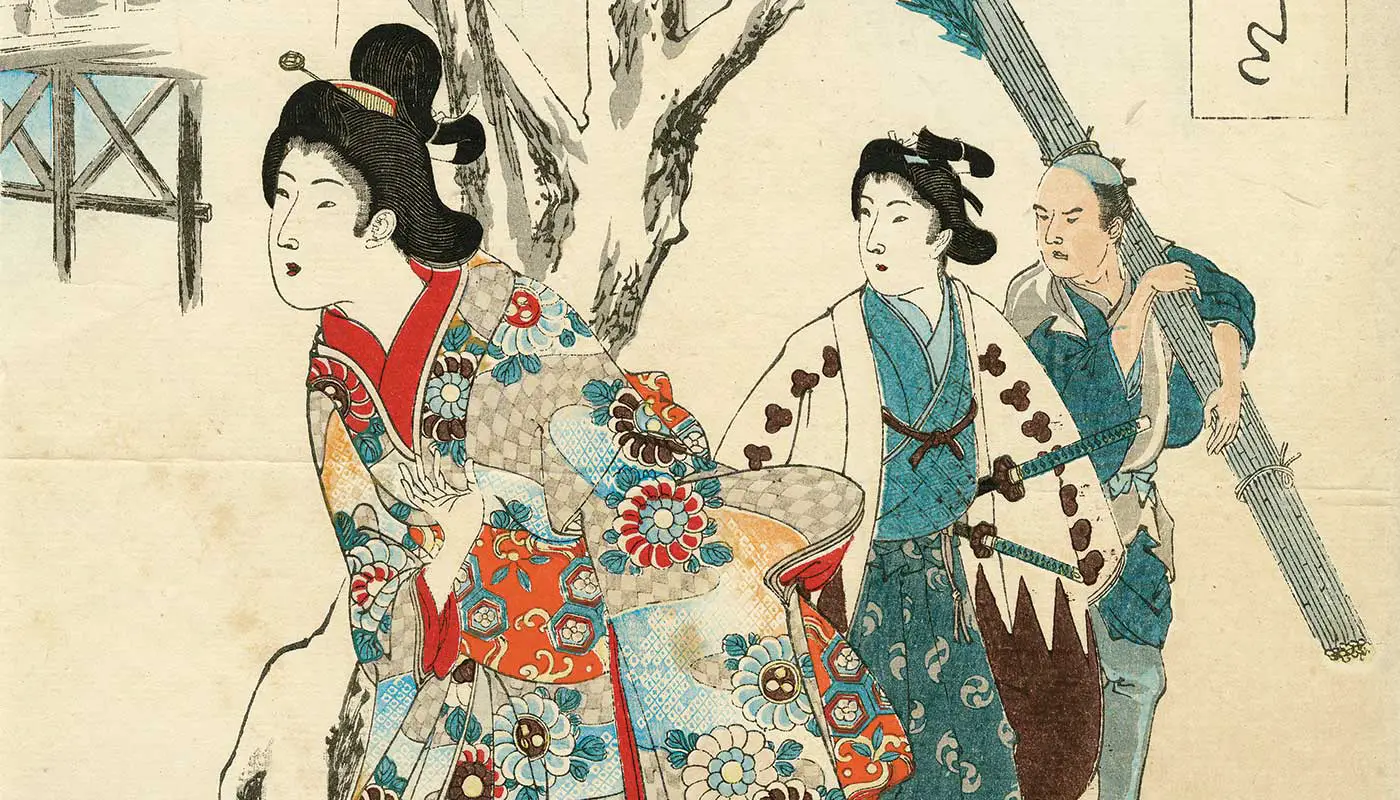
Local culture provides insight into a place’s history, traditions, and values. (Source: Internet)
Appreciate diversity: Each culture has its unique customs, foods, music, and art, which can broaden one’s perspective and help one appreciate the diversity of our world.
Connect with locals: Experiencing local culture can be a great way to meet and connect with locals. It creates opportunities for meaningful interactions, learning new skills, and forming lasting friendships.
Support local communities: By participating in local events, consuming local products or services, and engaging with local artisans, musicians, and farmers, travelers contribute to the local economy and support small businesses.
Enrich travel experiences: Experiencing local culture adds depth and authenticity to travel experiences, making them more memorable and meaningful.
In summary, experiencing local culture is an essential component of travel. It enriches our lives by connecting us to the history, people, and traditions of the places we visit, while also promoting cultural awareness and respect.
FAQs
What is the best time to visit Japan?
The best time to visit Japan depends on what you want to do and see. Spring (March to May) is famous for cherry blossom season, while fall (September to November) offers stunning autumn foliage. Summer (June to August) can be hot and humid, but it’s also festival season. Winter (December to February) is cold but great for winter sports and hot springs.
Do I need a visa to visit Japan?
It depends on your nationality. Some countries have visa-exempt arrangements with Japan, while others require a visa. Check with your local Japanese embassy or consulate for more information.
What should I pack for my trip to Japan?
Pack appropriate clothing based on the time of year you’re visiting and the activities you plan to do. In general, Japan has a four-season climate, so bring layers. Comfortable walking shoes are a must, as you’ll likely be doing a lot of walking. If you plan to visit temples or other religious sites, dress modestly and avoid wearing revealing clothing.
Should I purchase a Japan Rail Pass?
If you plan to travel around Japan by train, a Japan Rail Pass can be a cost-effective option. It allows for unlimited travel on JR trains throughout the country for a set period. However, it may not be worth it if you’re only planning to stay in one region.
Is it necessary to learn Japanese before visiting Japan?
While it’s not necessary to learn Japanese, knowing a few basic phrases can go a long way in making your trip smoother and more enjoyable. Many Japanese people speak at least some English, especially in tourist areas, but it’s always polite to try to communicate in their language as well.
Conclusion
In conclusion, if you’re planning a trip to Japan, it’s important to prepare thoroughly to ensure that you have a great travel experience. To do this, make sure you research the culture and customs of Japan, plan your itinerary ahead of time, pack appropriately for the weather, and have all necessary documents and reservations in order.
Additionally, it can be helpful to learn some basic Japanese phrases and etiquette to communicate effectively with locals and show respect for their culture. By following these tips on how to prepare for a trip to Japan, you can fully immerse yourself in the country’s rich history, delicious cuisine, stunning landscapes, and unique culture. So start planning today and get ready for an unforgettable adventure!

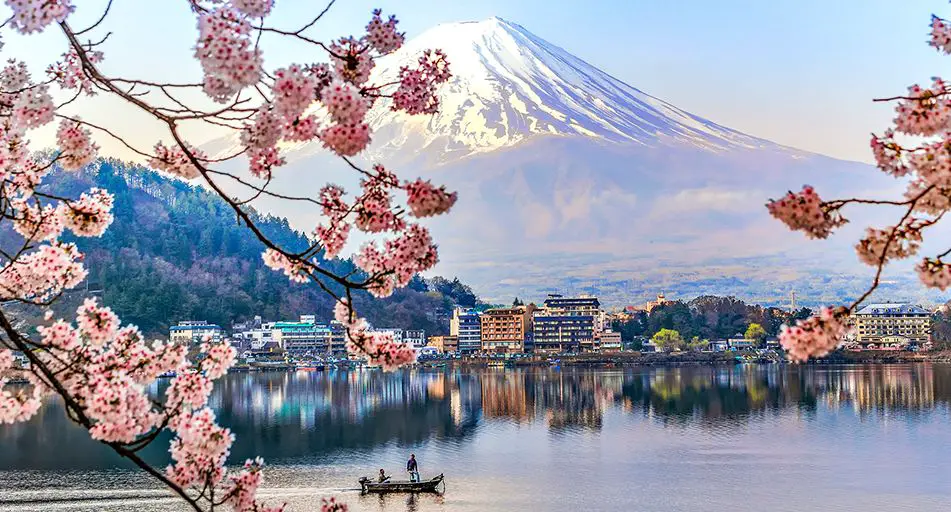


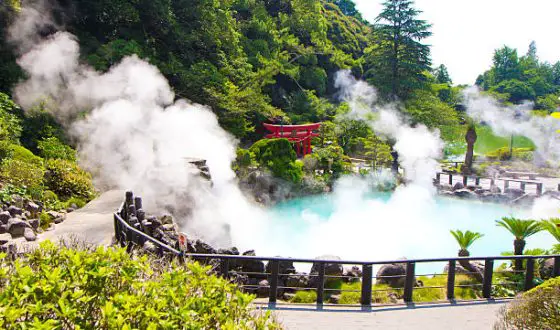

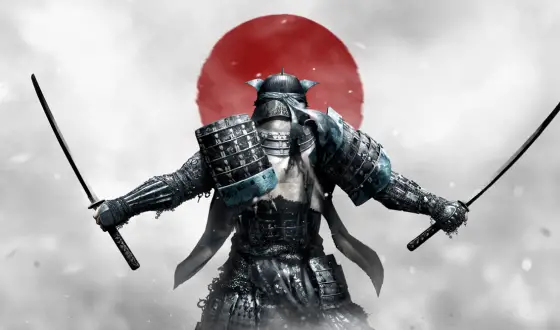


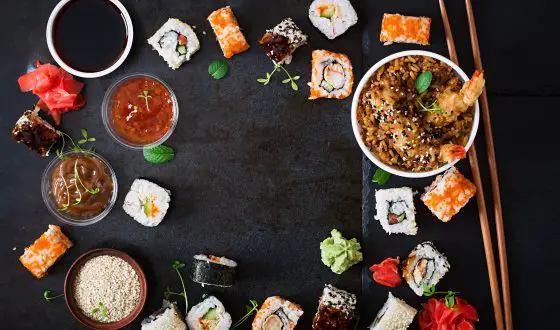

Thank you so much for all this amazing information- people like you make traveling and moving to new places so much easier. Your work is very much appreciated